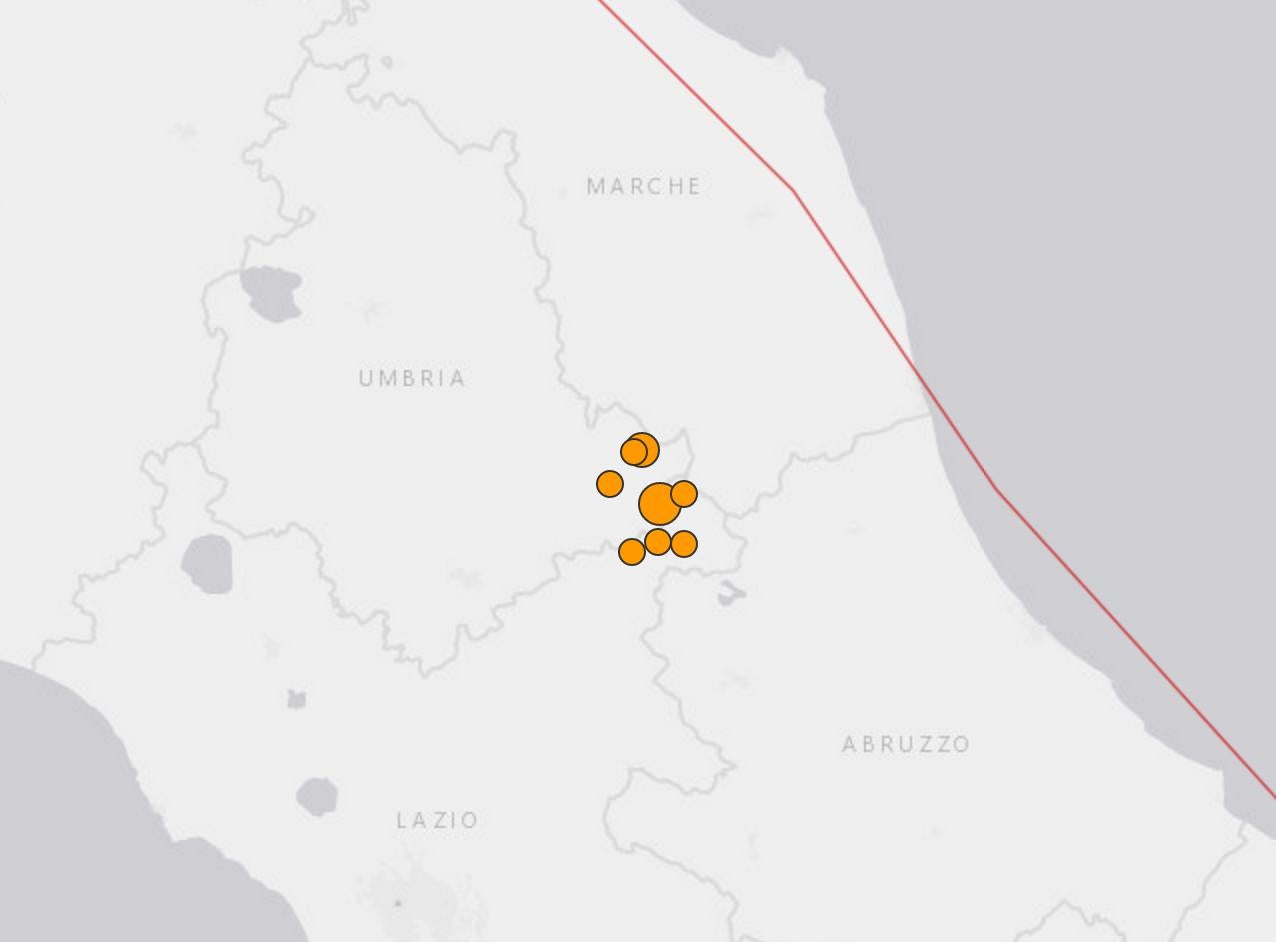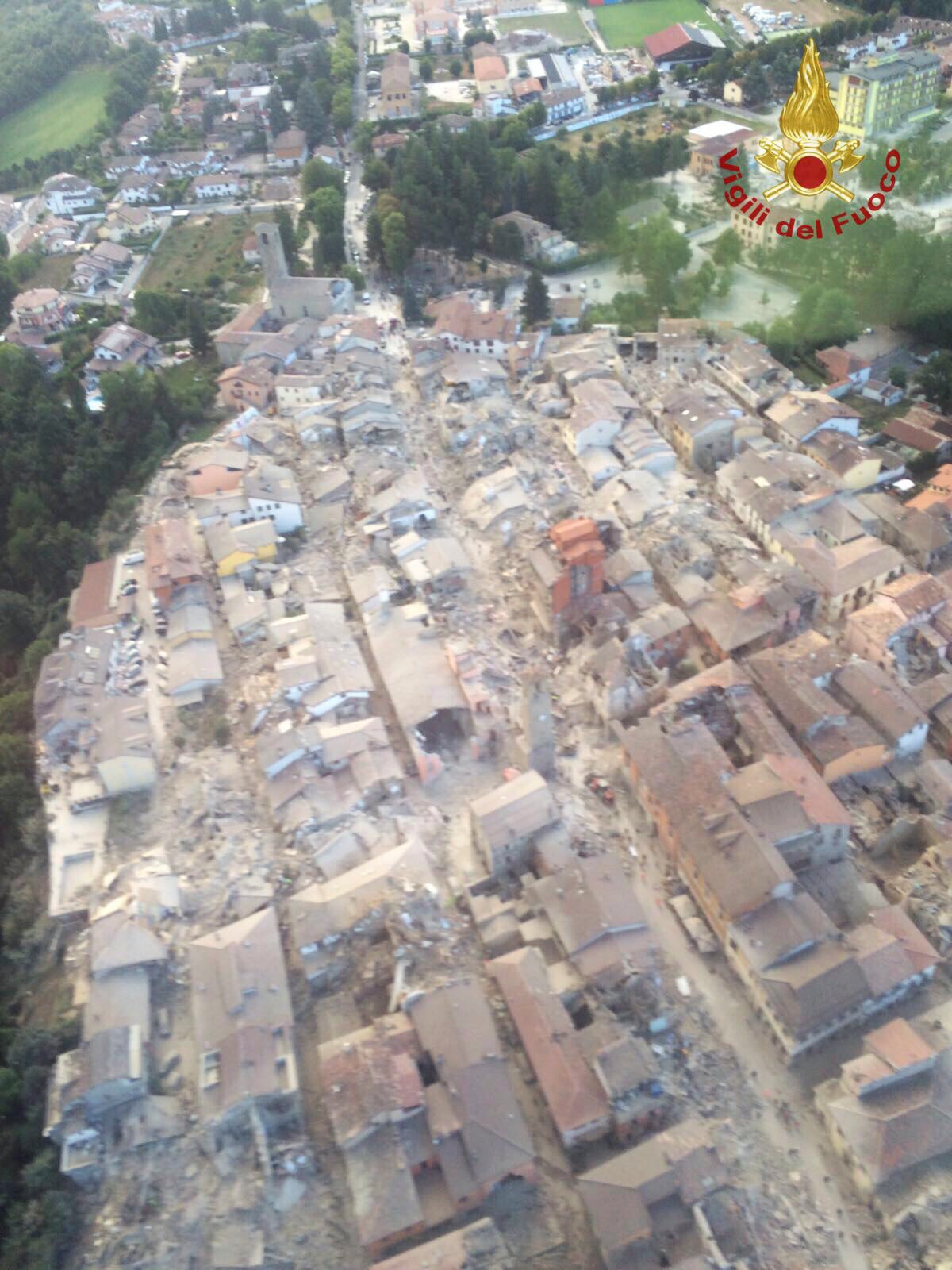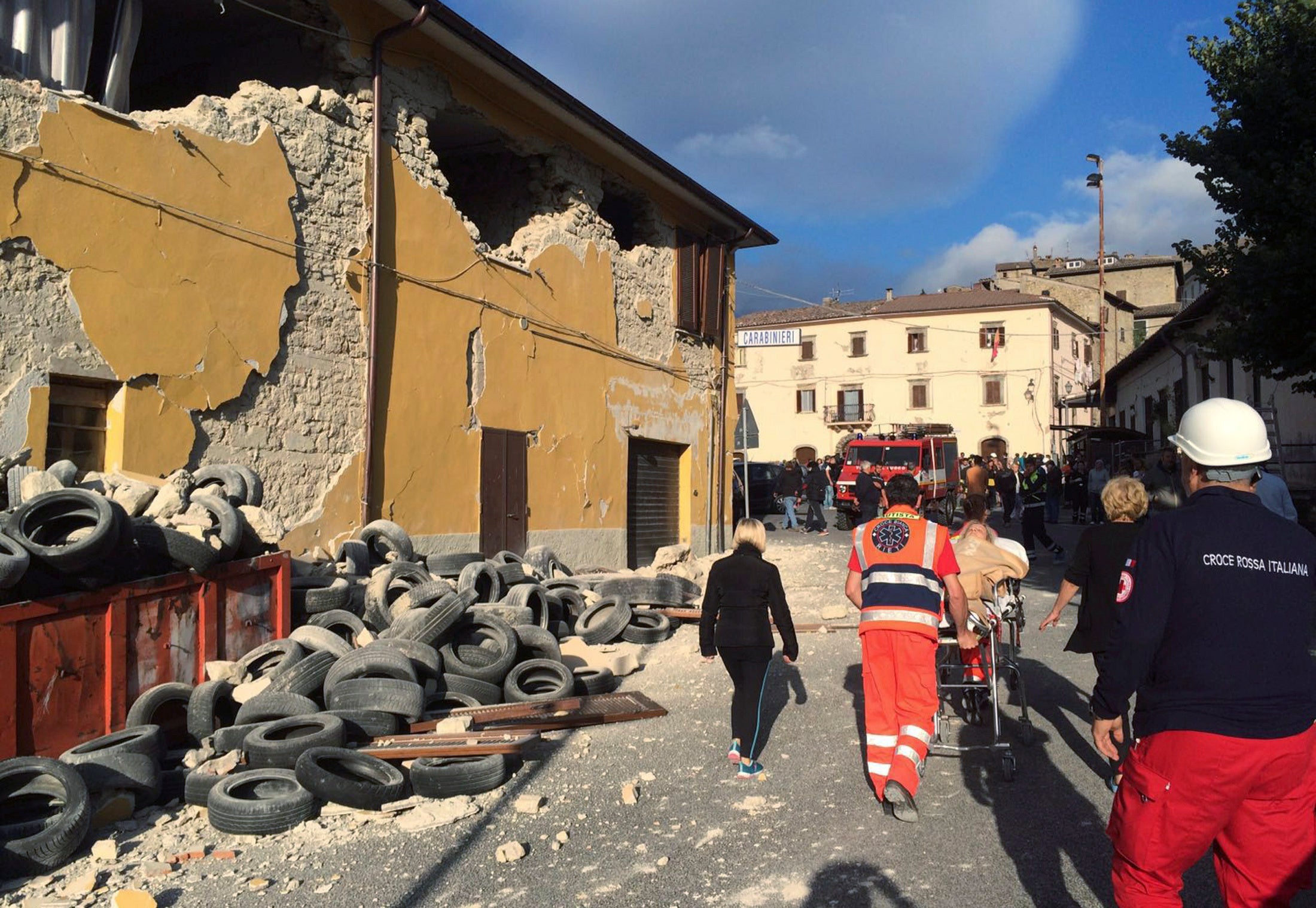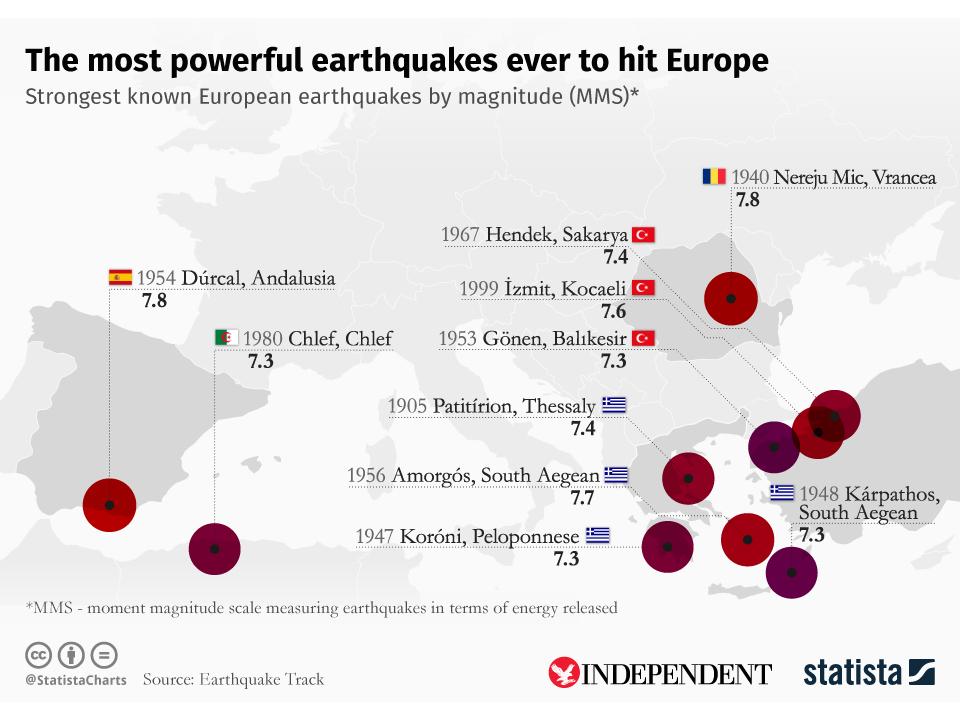Italy earthquake: Eight-year-old pulled from rubble as death toll rises to 247
Mayor of Arquata says: 'It's a disaster. I feel like crying. I've never seen such an apocalyptic scene'
Your support helps us to tell the story
From reproductive rights to climate change to Big Tech, The Independent is on the ground when the story is developing. Whether it's investigating the financials of Elon Musk's pro-Trump PAC or producing our latest documentary, 'The A Word', which shines a light on the American women fighting for reproductive rights, we know how important it is to parse out the facts from the messaging.
At such a critical moment in US history, we need reporters on the ground. Your donation allows us to keep sending journalists to speak to both sides of the story.
The Independent is trusted by Americans across the entire political spectrum. And unlike many other quality news outlets, we choose not to lock Americans out of our reporting and analysis with paywalls. We believe quality journalism should be available to everyone, paid for by those who can afford it.
Your support makes all the difference.An eight-year-old girl has been pulled from the rubble alive after a magnitude 6.2 earthquake hit central Italy, killing at least 247 people.
Eyewitnesses reported seeing two women run up the street in Pescara del Tronto, one of three towns to be hit, screaming "She's alive!"
A firefighter confirmed the child was rescued and is now receiving treatment at a nearby hospital. Her condition is unknown.
The search is continuing for loved ones trapped in the rubble following the massive earthquake.
It struck in the early hours of Wednesday morning when most residents were asleep, razing homes and buckling roads in a cluster of communities some 140 km (85 miles) east of Rome.
Since then, the death toll has kept rising and is expected to continue doing so. At least 247 people are now known to have died, raising a previous count of 120 announced by the Italian prime minister Matteo Renzi after he visited rescue crews and survivors in the hard-hit town of Amatrice and flew over other demolished towns in nearby Le Marche region.
"The town isn't here any more," said the mayor of Amatrice in northern Lazio, believed to be one of the worst-hit areas, and where residents are buried under the debris of collapsed buildings.
Helicopter footage shows damage from above
The quake hit near the Umbrian town of Norcia, in an area popular as a summer holiday destination. Tremors could be felt for 20 seconds in Rome, as far north as Bologna and as far south as Naples.
The worst hit towns were believed to be Accumoli, Amatrice, Posta and Arquata del Tronto, a spokesman for the Italian fire department Luca Cari told Reuters.
Aerial images of Amatrice showed the extent of the devastation, and 17 deaths have been confirmed in the town alone. Rescue teams were struggling working to reach all its 69 surrounding hamlets, and mayor Sergio Pirozzi said he had given them indications of which ones might still have people trapped.
"There are people under the rubble... There's been a landslide and a bridge might collapse," he said.
Asked about the number of deaths, Mr Pirozzi said: "I believe the number will rise."

The mayor of Arquata, Aleandro Petrucci, said "all the houses have collapsed" in Pescara del Tronto.
"It's a disaster. We are trying to evacuate the village and move them to a sports field. I've just arrived and I feel like crying. I've never seen such an apocalyptic scene except for the L'Aquila earthquake on television."
The quake struck shortly after 3.30am local time, and was followed by several aftershocks. One, around an hour later, was recorded as magnitude 5.5 by the US Geological Survey.
Drone footage released by the fire brigade
The mayor of Accumoli said a number of buildings had been badly damaged.
“Four people are under the rubble, but they are not showing any sign of life. Two parents and two children,” Mayor Stefano Petrucci told RAI television.
RAI quoted police as saying two people were known to have died in the nearby village of Pescara del Tronto.


The earthquake hit a relatively sparsely populated area on the border between three regions – Umbria, Lazio and Marche, causing damage in all three.
Norcia, around 10km from the epicentre, has a picturesque historic centre and is a popular tourist site.
Mayor Nicola Alemanno said no deaths have been reported deaths in Norcia.
“The anti-seismic structures of the town have held. There is damage to the historic heritage and buildings, but we do not have any serious injuries,” he told Rai.

Mr Renzi's office said rescue teams were being sent to the worst-hit areas.
Italy's civil protection agency said the earthquake was “severe”.
Despite Wednesday’s destruction, the quake in central Italy is by no means the most powerful to hit Europe, as shown in the graph above.
The most powerful known earthquakes to hit the continent include a magnitude 7.8 quake, which hit Nereju Mic in Vrancea, Romania in 1940 and in 1954 a 7.8 magnitude earthquake hit Durcal in Spain’s Andalusia.
“It was so strong. It seemed the bed was walking across the room by itself with us on it,” Lina Mercantini of Ceselli, Umbria, told Reuters.
Olga Urbani, in the nearby town of Scheggino, said: “Dear God it was awful. The walls creaked and all the books fell off the shelves.”
Television stations showed images of rubble-strewn streets in a number of towns. The facades of some old stone buildings had collapsed, leaving the inside rooms exposed.
A resident of the hamlet of Illica, north of hard-hit Amatrice, reached for a literary reference to describe the scene after the earthquake hit.
Agostino Severo, who was visiting from Rome, said: "We came out to the piazza, and it looked like 'Dante's Inferno.' People crying for help, help. Rescue workers arrived after one hour... one and a half hours."
Residents of Rome, some 170 km (105 miles) from the epicentre, were woken by the quake, which rattled furniture and swayed lights in most of central Italy.
Scores of aftershocks were reported in the hours following the initial quake.
The last major earthquake to hit Italy struck the central city of L'Aquila in 2009, killing more than 300 people.
Additional reporting by agencies

Join our commenting forum
Join thought-provoking conversations, follow other Independent readers and see their replies
Comments